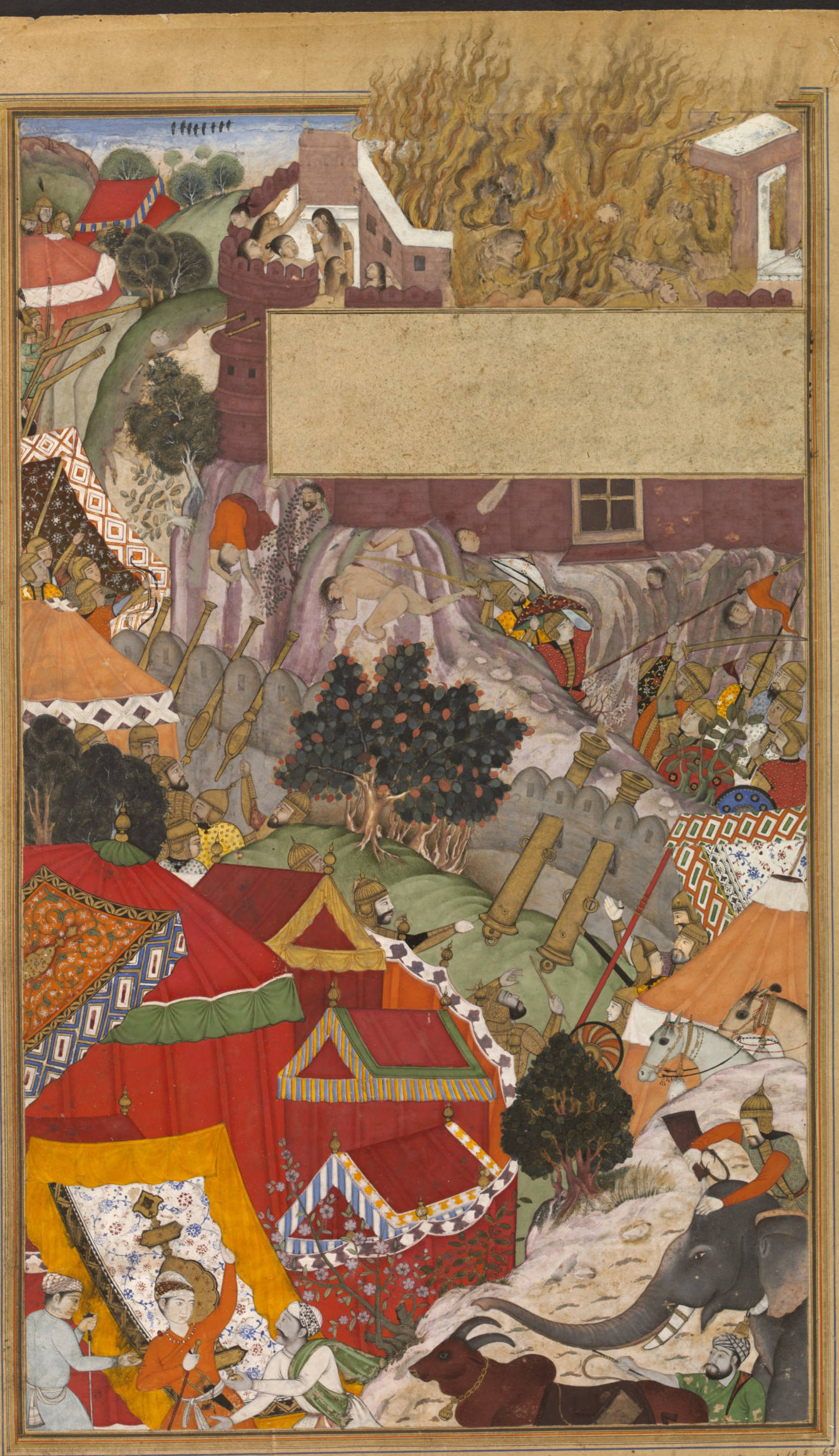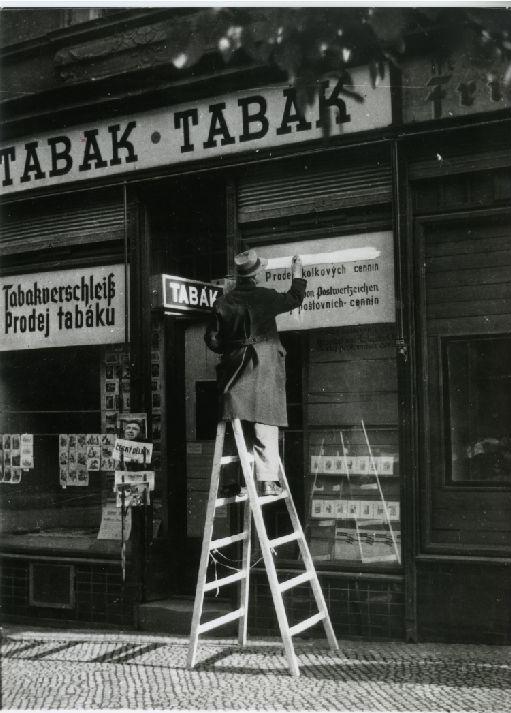|
Jan Palach Square
Jan Palach Square ( cs, Náměstí Jana Palacha) is a town square in the Old Town of Prague. It is located on right bank of the Vltava River next to the former Jewish Quarter. Buildings and structures The western side of the square is adjacent to the Vltava River. The Mánes Bridge (1911–1916) connects Jan Palach Square to Malá Strana (Lesser Town) on the opposite bank. This side of the square also offers a good view of Prague Castle, Petřín Hill and Charles Bridge. On the north there is the Neo-Renaissance Rudolfinum Concert Hall (1876–1884). The building on the eastern side (1924–1930) houses the Faculty of Arts (Czech: ''Filozofická fakulta'') of Charles University, and the building on the southern side (1885) belongs to the Academy of Arts, Architecture and Design (Czech: ''Vysoká škola umělecko-průmyslová''). There is a large underground parking garage under the square, with surface structures of this facility slightly disturbing the overall impression ... [...More Info...] [...Related Items...] OR: [Wikipedia] [Google] [Baidu] |
Antonín Dvořák
Antonín Leopold Dvořák ( ; ; 8 September 1841 – 1 May 1904) was a Czechs, Czech composer. Dvořák frequently employed rhythms and other aspects of the folk music of Moravian traditional music, Moravia and his native Bohemia, following the Romantic-era Czech nationalism, nationalist example of his predecessor Bedřich Smetana. Dvořák's style has been described as "the fullest recreation of a national idiom with that of the symphonic tradition, absorbing folk influences and finding effective ways of using them". Dvořák displayed his musical gifts at an early age, being an apt violin student from age six. The first public performances of his works were in Prague in 1872 and, with special success, in 1873, when he was 31 years old. Seeking recognition beyond the Prague area, he submitted a score of his Symphony No. 1 (Dvořák), First Symphony to a prize competition in Germany, but did not win, and the unreturned manuscript was lost until it was rediscovered many decades ... [...More Info...] [...Related Items...] OR: [Wikipedia] [Google] [Baidu] |
Line A (Prague Metro)
Line A () is a line of the Prague Metro, serving the Czech capital. Chronologically the second line in the system, it was first opened in 1978 and has expanded mostly during the 1980s. With the opening of the extension to Nemocnice Motol on 6 April 2015, Line A operates on approximately of route and serves 17 stations. An extension with a further five stations to the airport is currently planned. History Construction of the first segment started in 1973, part of this segment was also a tunnel connecting this line with the already existing Line C between Muzeum and Náměstí Míru stations. After completion of the second section, work was started on the extension to the new metro depot at Hostivař. The long tunnel was completed in 1985, and the second tube in 1987 with the new station Strašnická on that line. In 1990 Skalka station was opened, again on that line, and in 2006 Depo Hostivař station was opened, built in a former wash-stand of the depot. Rolling s ... [...More Info...] [...Related Items...] OR: [Wikipedia] [Google] [Baidu] |
Prague Tram System
The Prague tramway network is the largest tram network in the Czech Republic, consisting of of track, 882 tram vehicles (one of the largest fleets in the world) and 26 daytime routes, 2 historical and 10 night routes with a total route length of . It is operated by ''Dopravní podnik hlavního města Prahy a.s.'', a company owned by the city of Prague. The network is a part of Prague Integrated Transport, the city's integrated public transport system. Prague's first horsecar tram line was opened in 1875, and the first electric tram ran in 1891. Expansion plans were scaled down since the 1970s with the introduction of Prague Metro, however trams still serve a crucial transit and tourist element serving Prague's city centre as well as Prague's suburbs. The Prague tram system (including the Petřín funicular) served 373.4 million passengers in 2018, the highest number in the world after Budapest. Rolling stock for the network consists solely of trams built locally; mainly classi ... [...More Info...] [...Related Items...] OR: [Wikipedia] [Google] [Baidu] |
Czechoslovakia
, rue, Чеськословеньско, , yi, טשעכאסלאוואקיי, , common_name = Czechoslovakia , life_span = 1918–19391945–1992 , p1 = Austria-Hungary , image_p1 = , s1 = Czech Republic , flag_s1 = Flag of the Czech Republic.svg , s2 = Slovakia , flag_s2 = Flag of Slovakia.svg , image_flag = Flag of Czechoslovakia.svg , flag = Flag of Czechoslovakia , flag_type = Flag(1920–1992) , flag_border = Flag of Czechoslovakia , image_coat = Middle coat of arms of Czechoslovakia.svg , symbol_type = Middle coat of arms(1918–1938 and 1945–1961) , image_map = Czechoslovakia location map.svg , image_map_caption = Czechoslovakia during the interwar period and the Cold War , national_motto = , anthems = ... [...More Info...] [...Related Items...] OR: [Wikipedia] [Google] [Baidu] |
Prague Spring
The Prague Spring ( cs, Pražské jaro, sk, Pražská jar) was a period of political liberalization and mass protest in the Czechoslovak Socialist Republic. It began on 5 January 1968, when reformist Alexander Dubček was elected First Secretary of the Communist Party of Czechoslovakia (KSČ), and continued until 21 August 1968, when the Soviet Union and most of Warsaw Pact members invaded the country to suppress the reforms. The Prague Spring reforms were a strong attempt by Dubček to grant additional rights to the citizens of Czechoslovakia in an act of partial decentralization of the economy and democratization. The freedoms granted included a loosening of restrictions on the media, speech and travel. After national discussion of dividing the country into a federation of three republics, Bohemia, Moravia-Silesia and Slovakia, Dubček oversaw the decision to split into two, the Czech Socialist Republic and Slovak Socialist Republic. This dual federation was the only for ... [...More Info...] [...Related Items...] OR: [Wikipedia] [Google] [Baidu] |
Self-immolation
The term self-immolation broadly refers to acts of altruistic suicide, otherwise the giving up of one's body in an act of sacrifice. However, it most often refers specifically to autocremation, the act of sacrificing oneself by setting oneself on fire and burning to death. It is typically used for political or religious reasons, often as a form of non-violent protest or in acts of martyrdom. It has a centuries-long recognition as the most extreme form of protest possible by humankind. Etymology The English word '' immolation'' originally meant (1534) "killing a sacrificial victim; sacrifice" and came to figuratively mean (1690) "destruction, especially by fire". Its etymology was from Latin "to sprinkle with sacrificial meal (mola salsa); to sacrifice" in ancient Roman religion. ''Self-immolation'' was first recorded in Lady Morgan's ''France'' (1817). Effects Self-immolators frequently use accelerants before igniting themselves. This, combined with the self-immolators' refusal ... [...More Info...] [...Related Items...] OR: [Wikipedia] [Google] [Baidu] |
Jan Palach
Jan Palach (; 11 August 1948 – 19 January 1969) was a Czech student of history and political economics at Charles University in Prague. His self-immolation was a political protest against the end of the Prague Spring resulting from the 1968 invasion of Czechoslovakia by the Warsaw Pact armies. Death In August 1968, the Soviet Union invaded Czechoslovakia to crush the liberalising reforms of Alexander Dubček's government during what was known as the Prague Spring. Prague-born Palach decided to sacrifice himself in protest of the invasion and set himself on fire, in Wenceslas Square, on 16 January 1969. According to a letter he sent to several public figures, an entire clandestine resistance organization had been established with the purpose of practising self-immolation until their demands were met; however, it seems that such a group never existed. The demands declared in the letter were the abolition of censorship and a halt to the distribution of ''Zprávy'', the officia ... [...More Info...] [...Related Items...] OR: [Wikipedia] [Google] [Baidu] |
Velvet Revolution
The Velvet Revolution ( cs, Sametová revoluce) or Gentle Revolution ( sk, Nežná revolúcia) was a non-violent transition of power in what was then Czechoslovakia, occurring from 17 November to 28 November 1989. Popular demonstrations against the one-party government of the Communist Party of Czechoslovakia included students and older dissidents. The result was the end of 41 years of one-party rule in Czechoslovakia, and the subsequent dismantling of the command economy and conversion to a parliamentary republic. On 17 November 1989 (International Students' Day), riot police suppressed a student demonstration in Prague. The event marked the 50th anniversary of a violently suppressed demonstration against the Nazi storming of Prague University in 1939 where 1,200 students were arrested and 9 killed (see Origin of International Students' Day). The 1989 event sparked a series of demonstrations from 17 November to late December and turned into an anti-communist demonstration. ... [...More Info...] [...Related Items...] OR: [Wikipedia] [Google] [Baidu] |
Prague Uprising
The Prague uprising ( cs, Pražské povstání) was a partially successful attempt by the Czech resistance movement to liberate the city of Prague from German occupation in May 1945, during the end of World War II. The preceding six years of occupation had fuelled anti-German sentiment and the rapid advance of Allied forces from the Red Army and the United States Army offered the resistance a chance of success. On 5 May 1945, during the end of World War II in Europe, occupying German forces in Bohemia and Moravia were spontaneously attacked by civilians in an uprising, with Czech resistance leaders emerging from hiding to join them. The Russian Liberation Army (ROA), a collaborationist formation of ethnic Russians, defected and supported the insurgents. German forces counter-attacked, but their progress was slowed by barricades constructed by the insurgents. On 8 May, the Czech and German leaders signed a ceasefire allowing all German forces to withdraw from the city, but some ... [...More Info...] [...Related Items...] OR: [Wikipedia] [Google] [Baidu] |
Soviet Union
The Soviet Union,. officially the Union of Soviet Socialist Republics. (USSR),. was a transcontinental country that spanned much of Eurasia from 1922 to 1991. A flagship communist state, it was nominally a federal union of fifteen national republics; in practice, both its government and its economy were highly centralized until its final years. It was a one-party state governed by the Communist Party of the Soviet Union, with the city of Moscow serving as its capital as well as that of its largest and most populous republic: the Russian SFSR. Other major cities included Leningrad (Russian SFSR), Kiev (Ukrainian SSR), Minsk ( Byelorussian SSR), Tashkent (Uzbek SSR), Alma-Ata (Kazakh SSR), and Novosibirsk (Russian SFSR). It was the largest country in the world, covering over and spanning eleven time zones. The country's roots lay in the October Revolution of 1917, when the Bolsheviks, under the leadership of Vladimir Lenin, overthrew the Russian Provisional Government ... [...More Info...] [...Related Items...] OR: [Wikipedia] [Google] [Baidu] |




